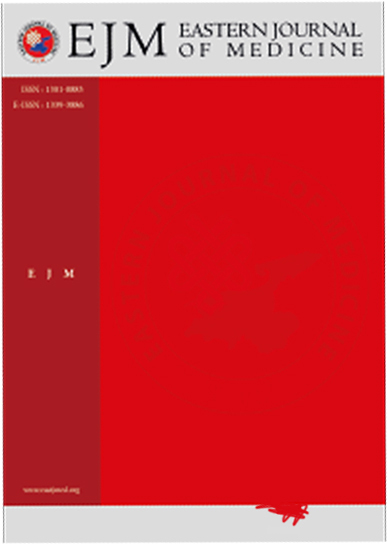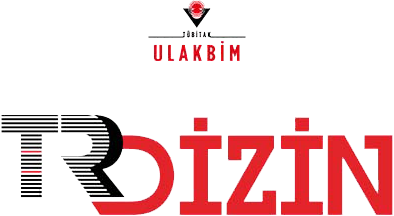Epidemiological Evaluation of Patients Diagnosed with Lymphoma and the Retrospective Evaluation of the Endocrinological Parameters as Late Side Effect of the Patients Without the Treatment
Bilal Arslan1, Ahmet Faik Oner2, Adnan Erseckin1, kamuran karaman21Çocuk Sağlığı Ve Hastalıkları, Van Yüzüncü Yıl Üniversitesi Dursun Odabaş Tıp Merkezi, Van, Türkiye2Çocuk Sağlığı Ve Hastalıkları Çocuk Hematoloji Ve Onkoloji, Van Yüzüncü Yıl Üniversitesi Dursun Odabaş Tıp Merkezi, Van, Türkiye
INTRODUCTION: In this study, it was aimed to retrospectively evaluate the epidemiological characteristics and long-term side effects related to hormon and bone metabolism in the follow-up of lymphoma patients between the ages of 0-18 years.
METHODS: 98 patients who were diagnosed with HL and NHL between 2007-2020 in the Van Yuzuncuyil University Pediatric Hematology Clinic were retrospectively scanned from the hospital database.
RESULTS: A total of 98 pediatric patients (55 HL, 43 NHL) were included, of whom 75.5% were male. The mean age at diagnosis was significantly higher in HL compared to NHL (106.7 ± 46.8 vs. 103 ± 50.3 months, p=0.032), while the mean updated age showed no significant difference (p=0.701). Among HL patients, mixed cellular type (49.1%) was the most common subtype, and 41.8% received RT in addition to CT. Growth retardation was observed in 2 patients, and puberty disorders in 7 patients (p>0.05). Vitamin D deficiency was frequent in both groups (HL: 38.2%, NHL: 23.3%). No significant differences were found in PTH, phosphorus, ALP, TSH, or fT4 levels. Hypothyroidism was present in 5 patients before and developed in 6 additional cases after CT-RT, without statistical significance. FSH levels were significantly higher in HL compared to NHL (p=0.037), whereas LH, estradiol, and testosterone showed no significant difference between groups.
DISCUSSION AND CONCLUSION: We conclude that it is important to evaluate patients regularly in terms of endocrinological and metabolic side effects related to CT and RT during the treatment process and long-term follow-up.
Manuscript Language: English














